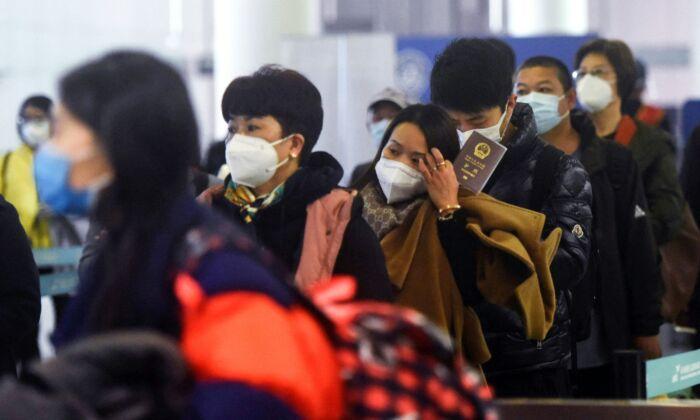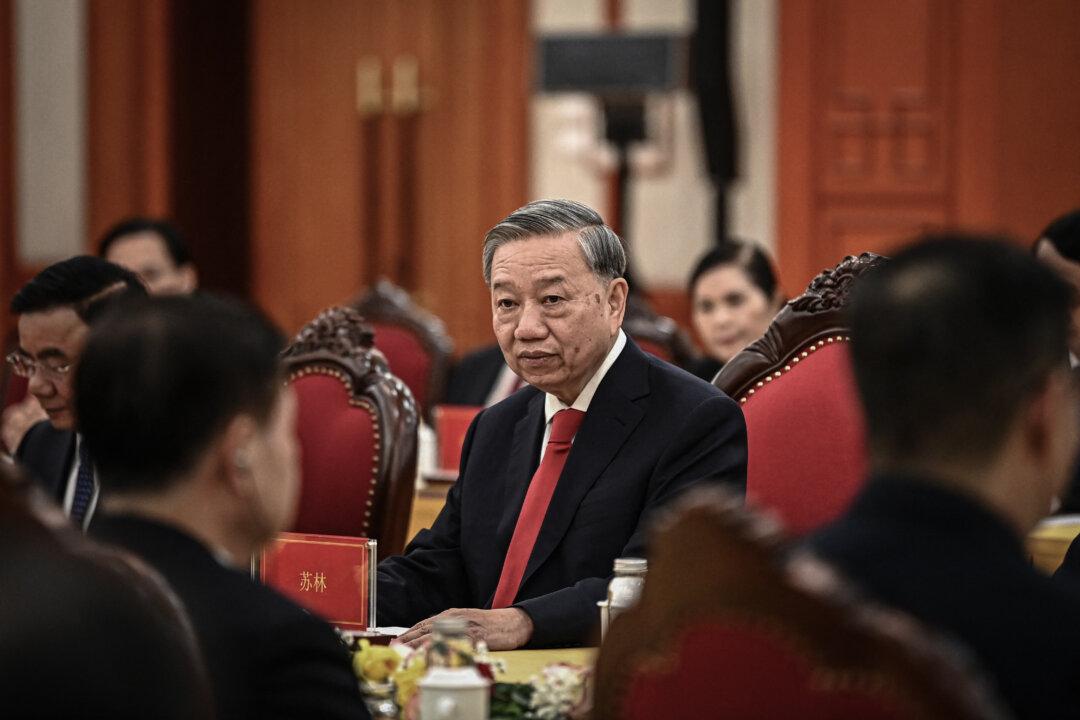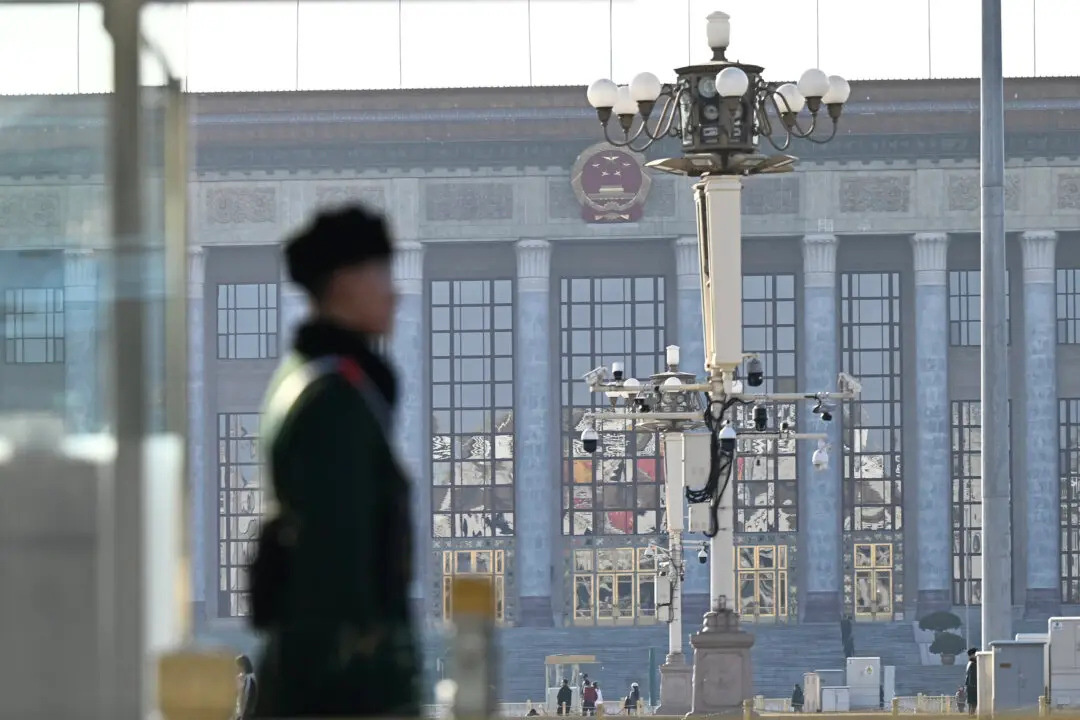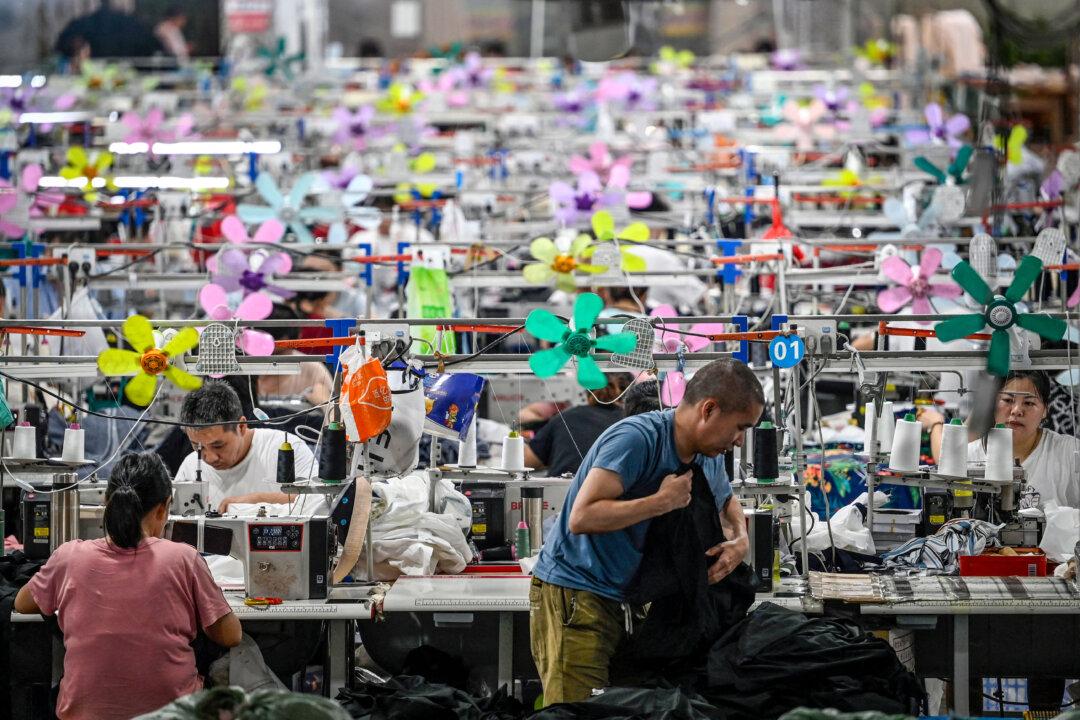China has lifted mandatory quarantine rules for inbound travelers and allowed its citizens to head abroad, triggering a homecoming wave. The move comes amid a COVID-19 explosion across the nation, which has stoked global concerns.
As of Jan. 8, international visitors are free to enter China’s mainland and no longer need to undergo centralized quarantine at hotels. The border reopening amounts to the final step in dismantling the zero-COVID policy that has hammered the country’s economy and led to severe suffering among the populace.

Mainland Chinese tourists are preparing to head abroad. On Jan. 8, Chinese authorities also resumed issuing passports and travel visas for mainland residents. Beijing also has quotas on the number of people who can travel between Hong Kong and China each day.
Global Concerns
China is battling a massive outbreak that has yet to peak. China’s top health body has stopped publishing daily infection data and has acknowledged only a handful of deaths since early December 2022, when the regime abruptly retreated from its zero-COVID policy on the heels of nationwide protests.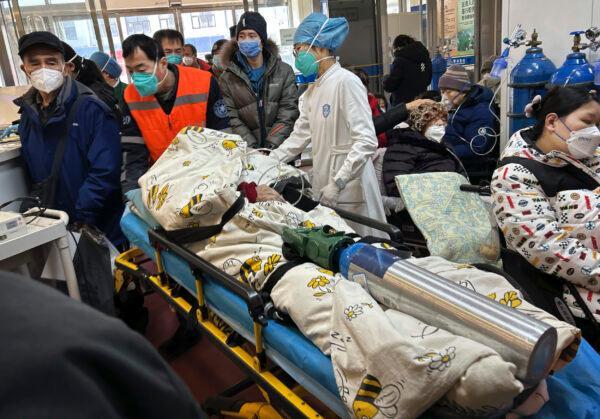
The rapid surge in infections and growing doubts about official tallies have sparked international concerns, particularly regarding the possibility of a new, stronger COVID-19 variant emerging out of China.
The United States and more than a dozen other countries currently require a negative COVID-19 test result for visitors from China. The U.S. Centers for Disease Control and Prevention stated that the measure is meant to impede the spread of COVID-19 on U.S. soil, given “the lack of adequate and transparent epidemiological and viral genomic sequence data.” The agency is now considering measures such as sampling wastewater on flights from China to track potential new variants.
The regime has vehemently objected to such testing rules on Chinese visitors, accusing the measures of being politically motivated while threatening unspecified countermeasures.
“We will take corresponding measures based on the principle of reciprocity according to different situations,” China’s Foreign Ministry spokesperson Mao Ning said on Jan. 3.
Despite Beijing’s protests, Japan tightened its border controls on Chinese visitors on Jan. 4. Additional measures require negative COVID-19 tests to be taken within 72 hours of passengers boarding direct flights from China, according to the Japanese government. The tightening came after a Japanese Health Ministry tally showed 53 of 56 international travelers who tested positive for COVID-19 on arrival at airports on Jan. 3 were from China.
Travel Rush
Many in Hong Kong are now rushing for long-awaited reunions in China. Some Hong Kong media outlets estimated that thousands of people were traveling across the border.“I’m so happy, so happy, so excited. I haven’t seen my parents for many years,” Hong Kong resident Teresa Chow said, as she and dozens of other travelers prepared to cross into mainland China from Hong Kong’s Lok Ma Chau Control Point early on Jan. 8.
“My parents are not in good health, and I couldn’t go back to see them even when they had colon cancer, so I’m really happy to go back and see them now,” she told Reuters, noting that she plans to head to her hometown in eastern China’s Ningbo city.

The border opening follows the Jan. 7 start of “Chun Yun,” the first 40-day period of Lunar New Year travel, which, before the pandemic, was the world’s largest annual migration of people returning to their hometowns to spend holidays with family.
Roughly 2 billion trips are expected to be made this season, nearly double last year’s movement and recovering to 70 percent of 2019 levels, authorities said.
